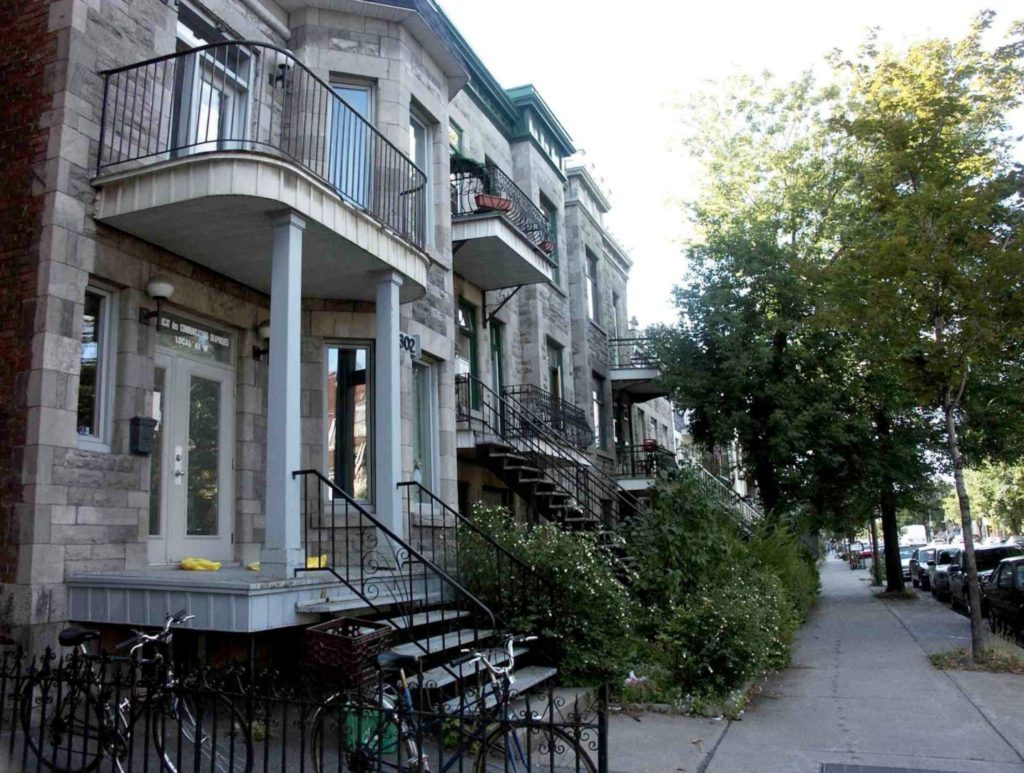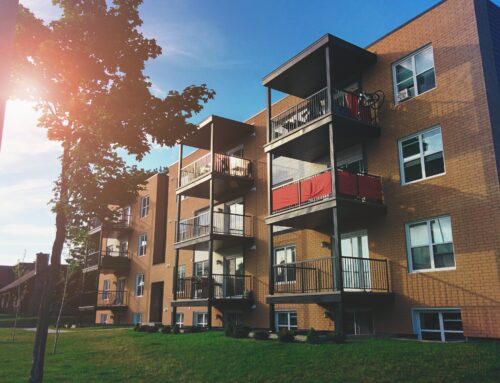So you’ve moved to Canada, you’ve made it your home, and now you’re ready to buy a house. This could be the largest and most important purchase you make in your whole life. It’s certainly more complicated than buying a new stereo or even a used car. You’ll want to be well informed when you make this decision, and one of the most important elements to understand is the mortgage. The following article will outline the basics of how mortgages in Canada work, what special rules Canada has, and what special conditions apply to immigrants and new arrivals in the country.
NOTE: If you’re thinking of purchasing a home in Canada, we strongly recommend reading this comprehensive article on Buying a House in Canada. See also Canadian Real Estate laws every newcomer should know.
What is a mortgage?
The principle of a mortgage in Canada is the same as in the United States: your loan is linked to the property you buy. If you are buying a house for $4- or 5- or 600,000, which is pretty standard in some Canadian cities, you will probably need to borrow most of that money from a bank, and pay it back monthly. Most common Canadian mortgages last 25 years.
When it comes to securing a loan, there are a number of variables you need to be aware of.
- Rates: Loans usually come with a variable rate (which will fluctuate with the market over time), but you can ask for a fixed rate (often at a slightly higher cost). If you choose a variable rate, check that there is a ceiling and that it can be converted to a fixed rate. The principal advantage of a fixed rate is that you have peace of mind. In addition, the interest rates are currently low, and the extra cost of a fixed rates over a variable rate is minimal. There are also protected (or capped) rate loans, in which the the rate can change but it will not go over a certain fixed amount If you don’t want to waste your time negotiating interest rates throughout the country’s banks, you can work with a mortgage broker. This person will take care of negotiating your interest rate from approximately 10 to 20 lenders, and this will ensure you get the best rates possible. Even better, it’s the lender who pays the broker, not you. (To give you an idea, in April 2018, the average of fixed interest rate offered by banks was 5.14%.)
- Amortization period: The length of time over which the loan will be paid back. The standard period in Canada is 25 years. Usually you will have the option of accelerating your payments to shorten this period and save yourself money in interest.
- Affordability: There are two rules to determine how much you can spend (and how much you can borrow) when purchasing a home. First, your monthly housing costs should be no more than 32% of your gross monthly income. And second, your total monthly debt load (including your mortgage) should be no more than 40% of your gross monthly income.
- Pre-approved mortgage: In some cases, homebuyers will secure a loan before finding a house. This way they know how much they can afford and what their monthly payments will look like, even before they start shopping. NOTE: It’s always better to borrow less than the maximum amount for which you’ve been approved. You never know when conditions could change (e.g. reduction of income or increase in interest rates.)
- Penalties: If you pay off your mortgage before its term, you may have to pay penalties. In general, banks accept anticipated reimbursement from 5% to 25% of the initial loan without penalties. However, if you sell your house before the end of the reimbursement, you will have to pay high penalties, which are usually around three to six months’ worth of interest. To avoid having to pay, remember to ask when you get your mortgage if it’s transferable to another property or to the next buyer.
- Mortgage insurance: According to new federal guidelines, anyone purchasing a home with a down payment below 20% will be required to purchase mortgage insurance, to protect the lending industry from a bursting bubble. Before contracting a mortgage, be aware that interest rates could rise and increase your monthly payment. The best solution is to take mortgage insurance, which will allow you to put down less money initially, and give you peace of mind. If you are interested, the only institutions able to offer it are the CMHC, Genworth and Canada Guaranty.
New Canadian mortgage rules for 2018
As of January 1, 2018, some stricter mortgage policies went into effect. According these new federal guidelines, anyone applying for a loan, regardless of the size of their down payment, will be closely scrutinized to ensure that they would be able to make payments, even in an environment of rising interest rates. We sometimes call this scrutinization process the Stress Test (see below). Furthermore, those with down payments below 20% are required to purchase mortgage insurance, to protect the lending industry from a bursting bubble scenario. The Trudeau government enacted these rules as a way of slowing down runaway home prices and an impending affordability crisis, particularly in overheated markets like Toronto and Vancouver. For the same reason, the Ontario Providence has also passed a 15% non-resident speculation tax.
What’s a Stress Test?
This is part of the approval process when applying for a Canadian mortgage. To pass this “test” you must prove that you could afford to make payments on your mortgage even if the interest rate was actually higher. This is a way for lenders to protect themselves against the kind of loan defaults we saw back in the 2008 crisis, especially in the U.S.
It’s critical that borrowers can pass this test because it’s very common for Canadians to have a five-year fixed rate mortgage. At the end of the five year term, the rates change based on current market conditions, and then lock in the new rate for another five years. As of 2018, interest rates have just started to go up. And nobody knows how high they’ll go, or how quickly. But it’s important to understand how rising interest rates really affect most homeowners, and not only prospective homebuyers.
Mortgage rules for immigrants and new arrivals
The first thing to do when you arrive in Canada is to establish a credit history. The best way is to open a bank account with a credit card, and save each month. Paying your bills on time and having a stable job situation are also criteria that will work in your favor. All documents proving that you have a good credit history are welcome. For example, you can ask your former bank for a document certifying that you are a good client. If you have no credit history in Canada, you can also start by getting a secured credit card. These are easier to get, and it means you pay the creditor up front. This minimizes their risk, but gives you the opportunity to demonstrate that you are responsible and able to pay your bills on time.
If you are a permanent resident, you will have to put down at least 5% of the value of the property up front. For non-permanent residents, you will need at least 10%. In any case, you will have to take mortgage insurance unless you make a down payment of at least 20%. (See New Mortgage Rules, above.) If you don’t have a credit history in Canada, you will need to put down at least 35% of the value of the property.
New immigrants who are not yet employed, but have a strong credit history, can typically get a mortgage for about 65-75% of the property price, provided that they can show additional liquid assets equal to 25% of the home value.
If you are a foreigner, conditions to obtain a mortgage will be different according to your status. It is also important to know that the Ontario Province passed a 15 percent non-resident speculation tax in 2017. This is a one-time tax based of 15 percent of the property’s sale price, if the property lies within the Greater Toronto Area. The tax applies to any buyer who is not a Canadian citizen or permanent resident.
Finally, it is very rare in Canada, but there are lenders and real estate agents who may attempt to take advantage of foreigners and first-time homebuyers who don’t have a thorough understanding of the Canadian system. Although this is uncommon, it is always wise to get a referral from a trusted friend. You can also shop around and compare rates and conditions between different banks and agents.
If you’re new to Canada and need more help shopping for a nice home, finding the right neighbourhood, and understanding the culture and economy of the country, you can always contact ARIANNE Relocation Services. We’ve been helping new arrivals get settled in Canada for more than 20 years, and have a range of products and services to make your transition go more smoothly and successfully.
Photo Credits: Gringer (Wikipedia)







Leave A Comment